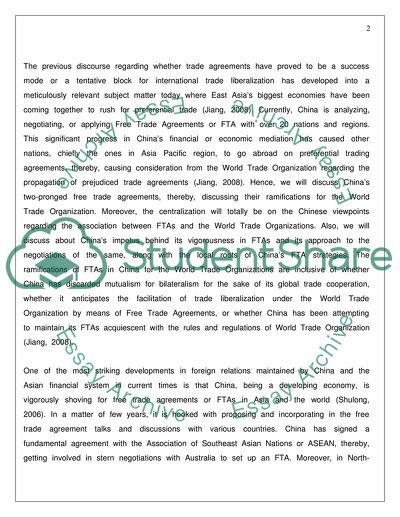Cite this document
(“Free Trade Agreement (FTAs) in China Essay Example | Topics and Well Written Essays - 3500 words”, n.d.)
Free Trade Agreement (FTAs) in China Essay Example | Topics and Well Written Essays - 3500 words. Retrieved from https://studentshare.org/miscellaneous/1553970-free-trade-agreement-ftas-in-china
Free Trade Agreement (FTAs) in China Essay Example | Topics and Well Written Essays - 3500 words. Retrieved from https://studentshare.org/miscellaneous/1553970-free-trade-agreement-ftas-in-china
(Free Trade Agreement (FTAs) in China Essay Example | Topics and Well Written Essays - 3500 Words)
Free Trade Agreement (FTAs) in China Essay Example | Topics and Well Written Essays - 3500 Words. https://studentshare.org/miscellaneous/1553970-free-trade-agreement-ftas-in-china.
Free Trade Agreement (FTAs) in China Essay Example | Topics and Well Written Essays - 3500 Words. https://studentshare.org/miscellaneous/1553970-free-trade-agreement-ftas-in-china.
“Free Trade Agreement (FTAs) in China Essay Example | Topics and Well Written Essays - 3500 Words”, n.d. https://studentshare.org/miscellaneous/1553970-free-trade-agreement-ftas-in-china.


